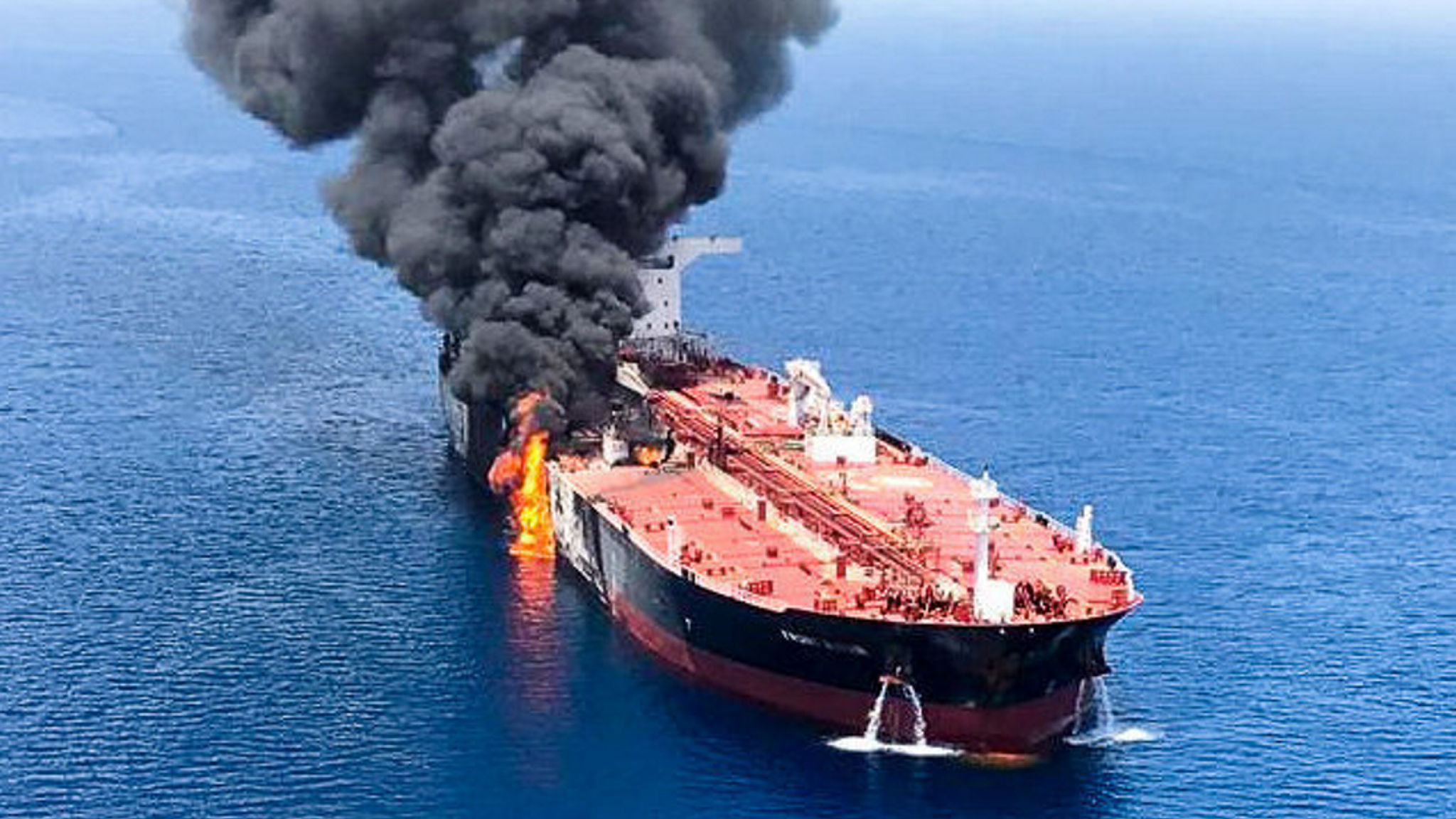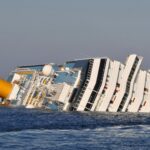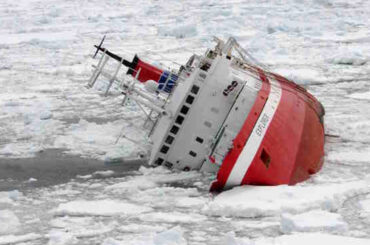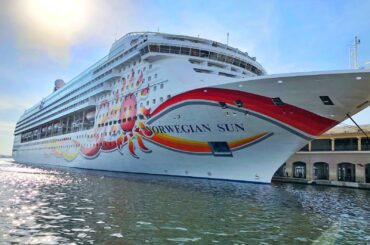The Sanchi oil tanker collision occurred on January 6, 2018, when the Panamanian-flagged, Iranian-owned tanker Sanchi collided with the Hong Kong-flagged cargo ship CF Crystal 160 nautical miles (300 kilometers) off Shanghai, China, with a full natural-gas condensate cargo of 136,000 tonnes (960,000 barrels) sailing from Iran to South Korea. Sanchi caught fire quickly after the collision and sank on 14 January after burning and floating for nearly a week.
None of Sanchi‘s 32 crew members survived.

The CF Crystal’s crew was saved, and the ship arrived in China. According to NIOC estimates, the financial loss from the sinking of the Sanchi is roughly USD 110 million: USD 60 million for the cargo and USD 50 million for the vessel itself.
Collision
Sanchi was a Suezmax crude oil tanker with a length of 274.18 meters (899 feet 6 inches), a gross tonnage of 85,462 tonnes, and a deadweight tonnage of 164,154 tonnes (180,949 short tons). The tanker was built for the National Iranian Tanker Company by Hyundai Samho Heavy Industries in Yeongam, South Korea, in 2008.
The CF Crystal, the other ship involved in the incident, was a bulk carrier carrying 64,000 tonnes (71,000 short tons) of grain from Kalama, Washington, to Machong, Guangdong Province, China.
The ship was built in 2011 for the current owner Changhong Group (HK) Ltd, Hong Kong, by Chengxi Shipyard Co Ltd, Jiangyin, China, and is managed by Shanghai CP International Ship Management & Broker Co Ltd, Shanghai.

Aftermath and sinking
Despite the possibility of the tanker exploding, the South Korean Maritime Police Agency and the US Navy supported Chinese authorities in firefighting and the search for Sanchi’s missing crew. On the 8th of January, the body of one crew member was found. On the 10th of January, a portion of the ship reportedly exploded. The fire might last up to four weeks, according to the South Korean Ministry of Oceans and Fisheries.
Sanchi had drifted into the Japanese Economic Zone on the afternoon of January 10, 2018, according to the Japan Coast Guard in Kagoshima.
Environmental impact
According to Reuters, a slick of 13 by 11 kilometers (7.0 by 5.9 NMI) has formed on the sea surface as a result of the disaster, which is being carried toward Japan by the wind, and efforts to control it have begun by ships encircling the spill.
Condensate is a highly flammable and poisonous substance that is extremely hazardous to the environment. Aside from the slick on the water’s surface, the ship’s sinking implies that the remaining condensate cargo and bunker oil – a heavier sort of fuel oil – pose a hazard to the ocean’s depths. Sanchi’s fuel storage tanks are claimed to have contained 2,000 tonnes (2,200 short tons) of bunker oil.







